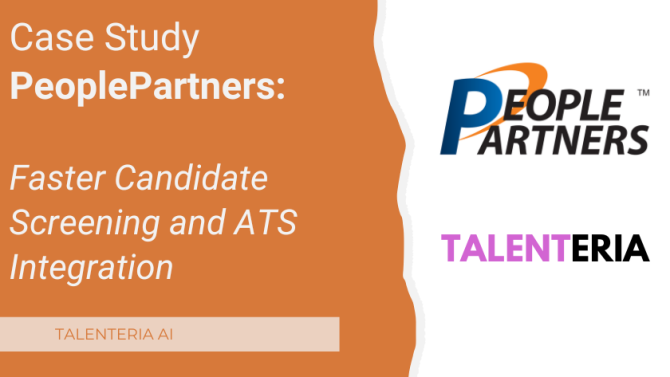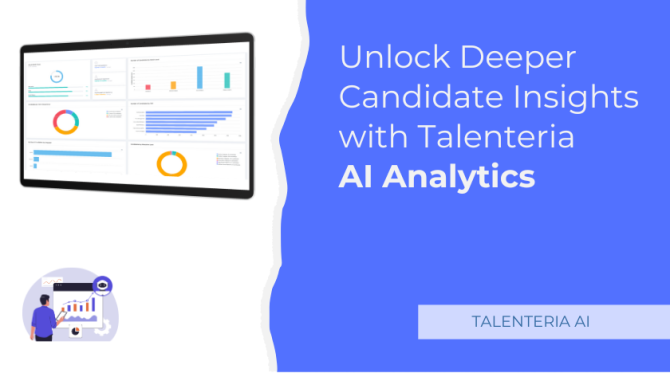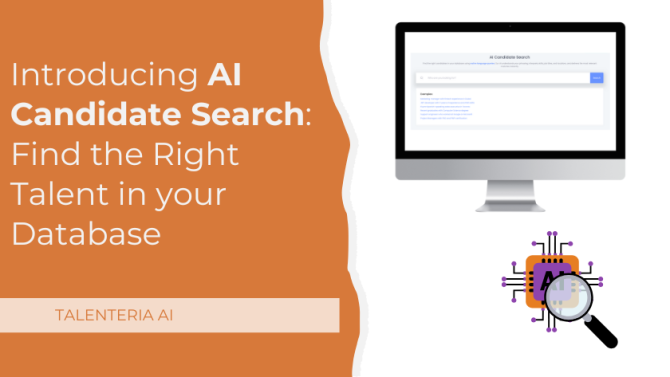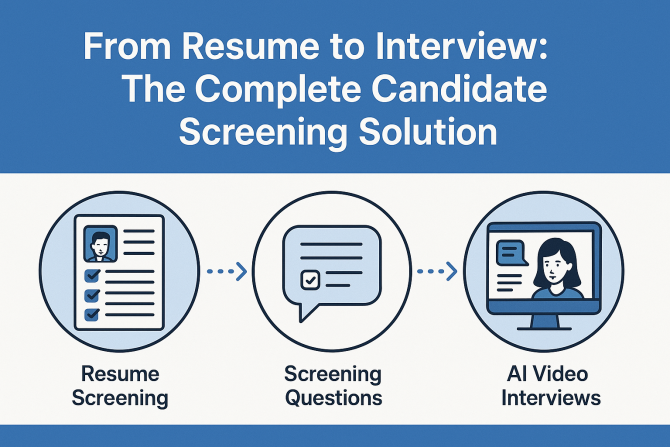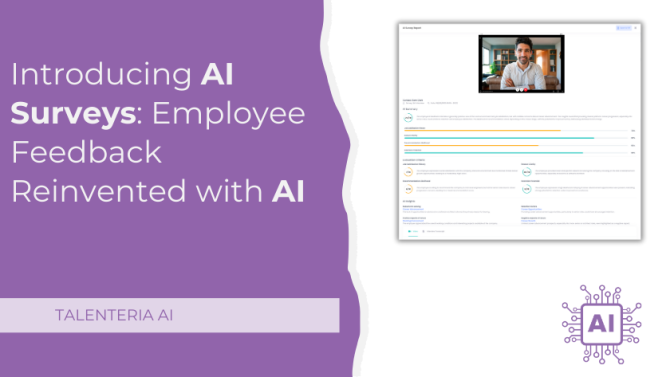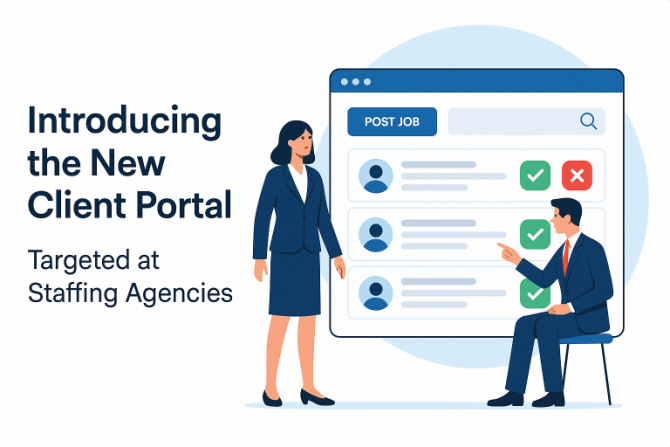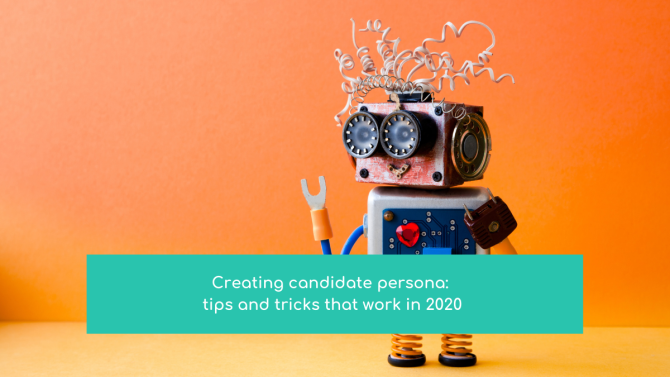
Who are you looking for? No, don’t tell us about the job title and duties, what does your ideal employee look like? What is the person that would share your company’s values, fit the culture? Are you in need of someone to drink coffee with during regular meetups? Or of someone who is an outstanding professional with iron principles?
If you still haven’t this idea of a ‘perfect candidate’, it is hard for your team to look through CVs and motivation letters that get passed across their desk. You may spend hours at Linkedin, unsuccessfully trying to find the best match.
How can you hire a decent employee if you don’t know exactly who you need?
The good news is that there is a solution. You can create a candidate persona. This is something like a list of requirements for your future partner, including one’s morning routine and vacation preferences. Actually, it is even better, because we have tips you can use right now without years of trial and error.
What is exactly the candidate persona?
It is a profile that describes the person you want to hire for a specific position. Recruitment marketing adopted this tool from the classic marketing departments that have been using customer portraits to boost sales for a long time.
Each candidate persona is a set of certain demographic data, character traits, skills that are necessary for the perfect hiring. Even a cursory profile description will help you achieve better results, but if you dig deeper and identify candidate pain points, you’ll definitely steal the show.
You need this profile to come up with engaging job descriptions, create useful content, and improve your employer brand. If you’re working in the recruitment field for over a week, you know for sure that candidates are not universal. Messages that work for ones, may not inspire others at all. However, if you create any hiring content keeping personas in your mind, you take it at another level. You know who is your reader and you know what expectations one has. As a result, you don’t waste time on candidates who can become that perfect match for other companies, but a total disaster for your one.
How to create your candidate persona template?
There are three main points to consider, and we’re going to tell you about them all:
- Research;
- Trends analysis;
- Creating stories.
Let’s start from the beginning.
Research
Any business change must start with research. You can hire early candidates based on intuition and guesswork, but that doesn't work in a long race.
Who can help you with information to create a persona?
Current employees
Start with people who already work for your company, in the marketing department in particular. If you're happy to have them on your team, chances are they already have many of the traits that are important to you in new hires.
Try to communicate with colleagues about their interests, goals, motivation. Ask them about their job search experience: what was their first impression of your company? What content they fell in love with, and what information was not enough? You can also discuss their role, the parts they enjoy, and don’t. It is important to ask about ‘watering holes’: where do they spend their time? These questions and answers to them are useful not only for the recruiting process. They provide you with an understanding of your internal community, its wishes, and fears.
You can also analyze the CVs of people whom you never hired. Why? Were there any non-obvious reasons why you were sure that this candidate was a bad option to hire? Try to remember people who quit quickly or were fired. It is a perfect idea to gather feedback from them just for such a case.
Stakeholders
Each time you post ads on job boards, it is important to ensure that all stakeholders are involved in this initiative.
Schedule meetings with the members of the team, as well as the department head and other people who interact with target candidates. Ask them to describe their vision of the person and write down these ideas. You will see people with different roles talking about different things. For example, ordinary specialists occupying the same position want the new employee to be sociable, to join the team. A potential leader is looking for a reliable person who can be trusted with important tasks.
Make a list of hard and soft skills and ask your stakeholders to rate them from 1 to 10. This will help you to highlight the most and least priority features.
Candidates
By the time you get to this point, you will already have quite a lot of insights about the ideal hire. You know who you are looking for, and what helped you to succeed with current employees. But this information is still not enough, because it is slightly biased. These people are working with you right now, they may have forgotten some important aspects, or they speak from a position of a person with a job. People who’re looking for a new stage in their career have another point of view sometimes. Besides, your company’s sourcing strategies most likely have changed since you hired your current team.
That’s why you should get the information directly from the candidates.
You can do this during the interview or with a follow-up letter after the meeting. Feel free to ask candidates about why they are considering your company, what skills they are ready to bring to the table, what are they expecting from the future workplace and colleagues. Compare these answers to the ones you’ve received from the team. Do you have a perfect match? It’s time to move on to the next stage.
Trends analysis
So now you have data for different roles and need to find specific trends that will help you compose different portraits.
You can ask for advice from your marketing colleagues who’re developing and analyzing buyer personas all the time. They rely on evidence, such as statistics and surveys to get new insights. For example, they know that their target audience is 18-25 aged, and their next task is to understand how these people make decisions. Which factors can tilt the scales?
It goes not about the job description or ‘About Us’ and ‘Careers’ pages on your website. We’re talking about resources they use to find the information, social networks they prefer, some design patterns, and so on.
This stage is a pretty lengthy process and requires analytical skills. But if you understand what tends the community with your ideal candidates, what do they have in common, and how can you affect it, the efforts will immediately pay off.
Creating stories
Our edits, you now have all the data you need to create your own candidate stories and make the life of hiring managers pretty easier.
Take a look at this one:
Marketing Jane Doe | |
Background:
| Watering holes: |
Roles and Experience:
| Cultural characteristics:
|
Skills:
| Goals:
|
Interests:
| Objections:
|
Of course, it is a pretty general template you can use as a first draft. Add everything you consider important for a certain position, and ask the designer to make a feast from this paper. You can also download some nice templates online and fill them in with data.
What now?
You should understand that the world is constantly changing. And so does your company. It means you can’t just create a candidate persona and that’s it. Work it through all the time. Stay in touch with prospective and current employees, analyze the markets, and don’t be afraid to ask. Nobody knows where one finds decisive insight.
